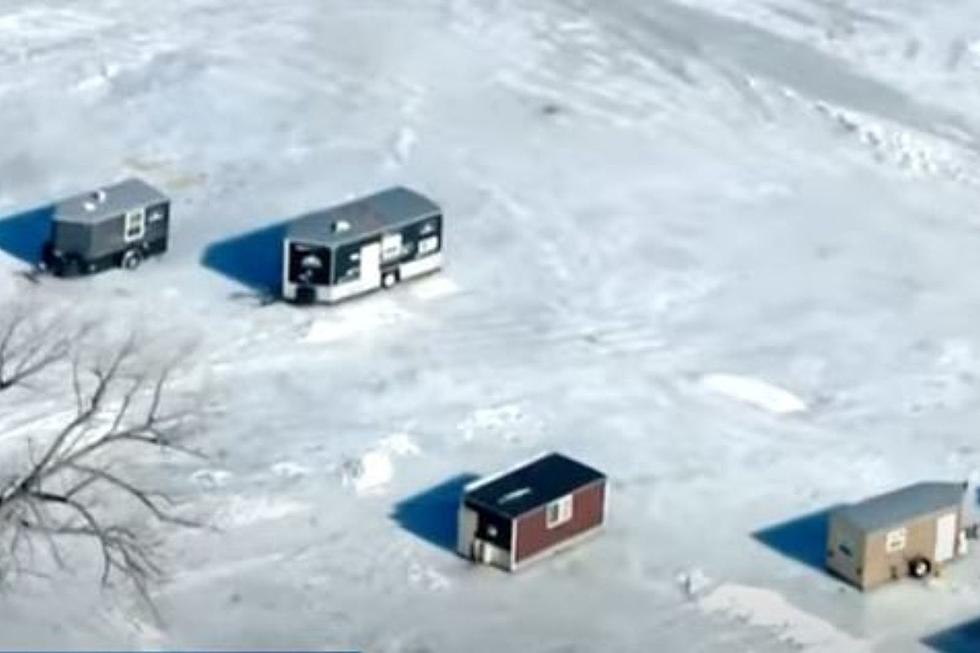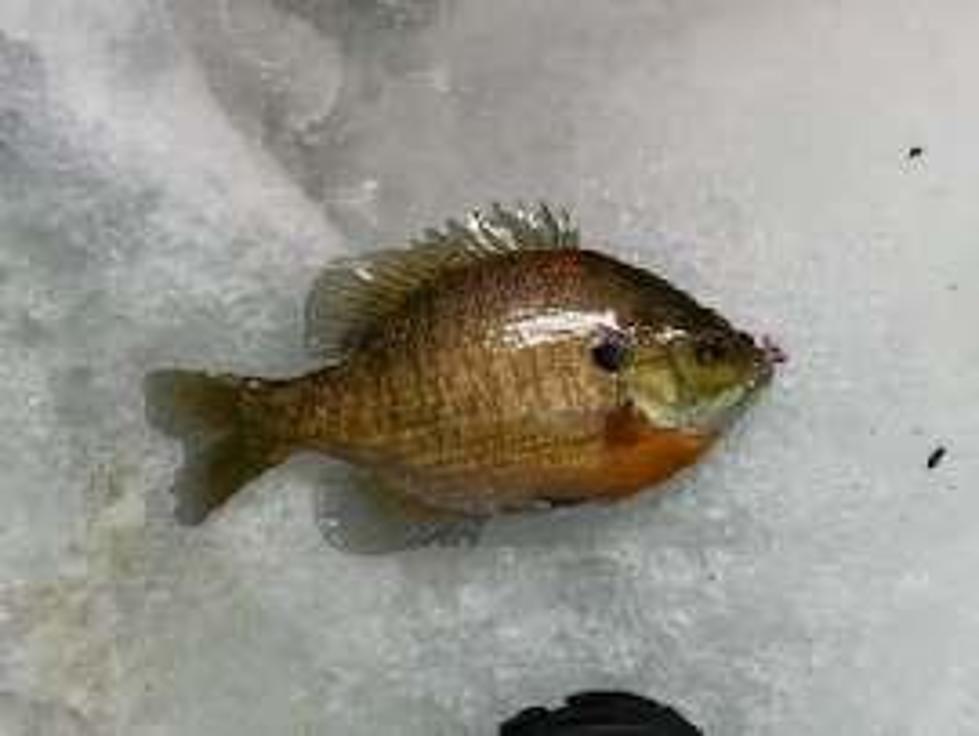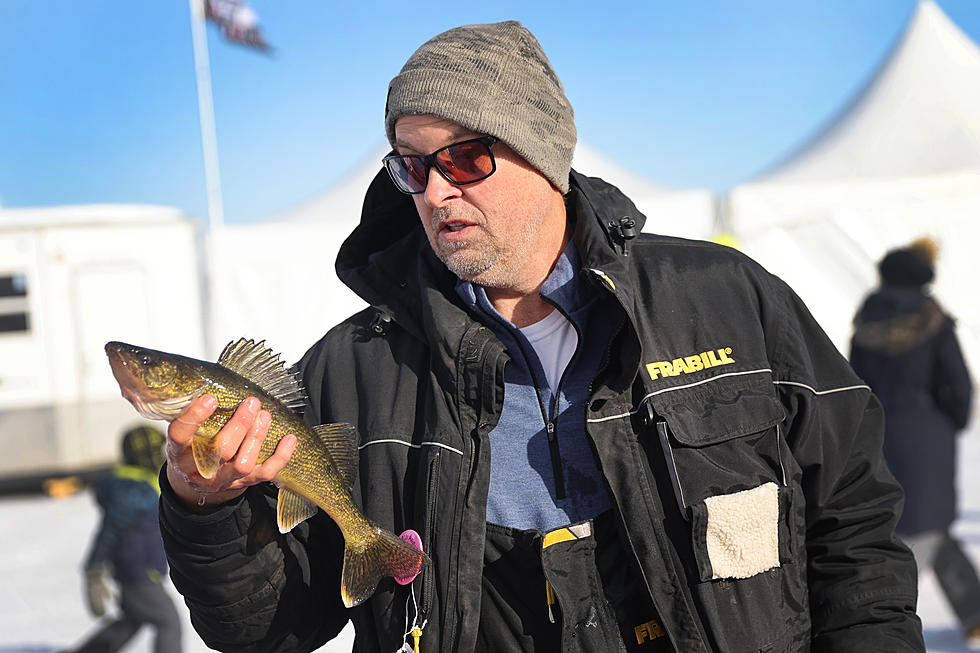
Channel Cats: An Interesting Winter Experience
I remember when the DNR first talked about stocking channel cats into the Horseshoe Chain of Lakes near Cold Spring, Minnesota. The date was way back in the mid-1970s. Many thought they were crazy while others looked forward to having a little added diversity in that popular and expansive fishery.
According to Joe Stewig, the DNR Fisheries Manager out of Sauk Rapids, Minnesota, the original plan was to reduce the incredible quantity of bullheads in the lake as well as eliminating some of the stunted sunfish and crappies that were found there.
Experiments of this type are not done haphazardly and considerable thought and study takes place before implementation. Now, all these years later, the bullheads are pretty much gone and the panfish grow to impressive sizes.
Not only was the stocking a success in terms of correcting an imbalance in the fishery, it also created an opportunity for catching a new species. In fact, Stewig stated that through creel surveys, they had learned nearly 20% of the anglers on the Chain are fishing catfish. That is quite impressive.
Over the years, I have caught quite a number of channel cats by accident as I am fishing for winter crappies. However, winter is a time when lots of anglers are specifically targeting cats.
Last year, a group of Ice Team Pros got together for a day of catfish angling on the Chain. By the time I arrived, they had already caught over 20 fish. As I was getting my camera ready to go, two more fish were landed.
Ice Team member and local guide, Matt Klug was able to share a great deal of information on his strategy for chasing cats. According to Klug, cats are found throughout the entire Horseshoe Chain. Although many anglers target the cats that suspend over deep water for the winter, he has his best success on flats adjacent to deep water.
His bait of choice is a 1/16 or 1/8 ounce jigging spoon with a large treble hook. On the hook, he impales two fathead minnows through the head. He then pinches off the minnows halfway back to create maximum scent. Klug has found that cats like a big chunk of smelly meat.
Once down the hole, Klug likes to work the jig until his Vexilar shows a fish looking at his bait. He then holds the rod still as cats will spook if he starts to jig again. By watching the tip, you can see the rod load up with pressure and it is time to set the hook.
Channel cats are tenacious fighters that have a very distinct head shake. This thumping action is a very identifiable part of the fight.
Catfish do need to be handled carefully. Both the pectoral and dorsal fins have sharp, bony barbs on them that can cause a little pain when pricked. It is best to grab them from the belly with your fingers behind the pectoral fins.
Channel catfish are good to eat provided you clean them properly. According to Klug, the red meat found along the skin must all be removed. The belly meat is thrown away, also. The average cats, which are about 20 inches long, are the best ones to eat.
Channel cats certainly offer a unique fishing opportunity for winter anglers targeting the Horseshoe Chain. They are abundant, relatively easy to catch and offer an impressive fight once they are hooked.
Channel Cats - An Interesting Winter Experience

A Historic Creamery in Randall Has Been Made into a Quilt Shop
More From AM 1240 WJON









